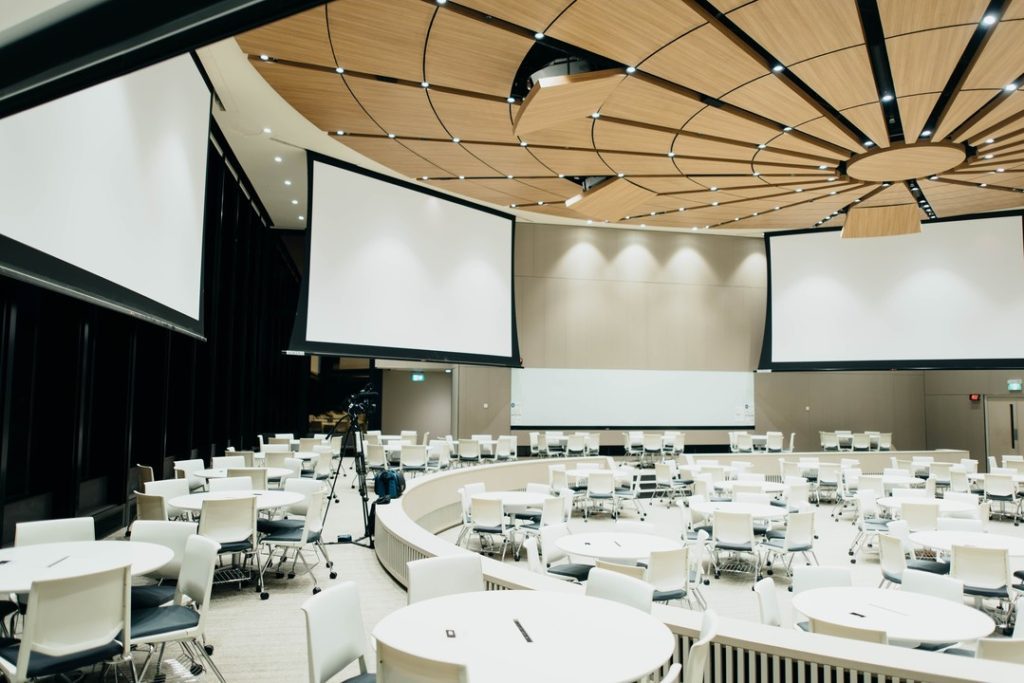In the rapidly evolving landscape of audiovisual technology, the fusion of artificial intelligence (AI) and intelligent automation (IA) is not just an emerging trend but has the potential to be a transformative movement. This dynamic duo is poised to redefine the AV industry, promising to usher in an era of unprecedented creativity, efficiency, and personalization. By delving into the synergistic relationship between these two, AV pros can unlock a treasure trove of opportunities that were once considered the realm of science fiction.
The AI-IA Fusion
At its core, AI encompasses the development of software-based systems capable of performing tasks typically requiring human intelligence. This includes understanding natural language, recognizing patterns in data, and making decisions. On the other hand, IA refers to the use of automated processes to perform tasks without human intervention, relying on rule-based logic to make decisions.
When AI and IA come together, they create a powerful ecosystem where system automation goes beyond simple task execution, to include decision-making and learning from outcomes. This integration allows AV systems to not only automate repetitive tasks, but also to adapt and optimize their performance over time, learning from each interaction to provide more personalized and efficient outcomes.
The convergence of these two technologies benefits the AV industry in three main ways:
- Enhanced Creativity and Innovation: The amalgamation of AI and IA in AV technology facilitates a level of creativity and innovation that surpasses human capabilities alone. For instance, AI can analyze vast amounts of data to generate unique content ideas or design patterns, while IA can automate the setup and configuration of AV equipment, allowing AV professionals to focus on creative and custom pursuits. This combination can lead to the development of immersive experiences that are both innovative and technically complex, such as virtual reality concerts or AI-driven art installations.
- Streamlined Operations and Efficiency: By automating routine tasks, AI and IA can significantly streamline operations in the AV industry. For example, intelligent automation can manage the scheduling and operation of AV equipment, ensuring optimal functionality without the need for constant human oversight, while AI can predict maintenance needs, reducing downtime and extending the lifespan of valuable equipment. This not only saves time but also works to minimize operational costs, enabling AV companies to allocate resources more effectively.
- Personalization at Scale: Perhaps one of the most exciting prospects of combining AI with IA in the AV domain is the ability to offer personalized experiences at scale. AI’s capability to analyze user preferences and behavior patterns, coupled with IA’s ability to automatically adjust AV settings, can create highly tailored experiences for audiences. Whether it’s customizing the lighting and sound at a live event based on real-time audience reactions or delivering personalized content streams to viewers, the level of personalization achievable is unprecedented.
Navigating Challenges
Despite the immense potential, integrating AI and IA into AV solutions is not without challenges. Concerns regarding data privacy, the complexity of systems, and the need for significant investment in skills and technology are prevalent. However, by adopting ethical practices, focusing on user-centric designs with client specific ROI, and investing in continuous learning and development, AV professionals can navigate these challenges successfully.
The Road Ahead
The dance between artificial intelligence and intelligent automation in the AV industry is just beginning. As these technologies continue to evolve and intertwine, the possibilities are limitless. By embracing this fusion, new levels of creativity can be unlocked, creating greater efficiency and personalization, and ultimately propelling the industry into a future where the boundary between technology and human experience becomes increasingly blurred. The future of AV lies in harnessing the power of AI and IA, and the time to start is now.



